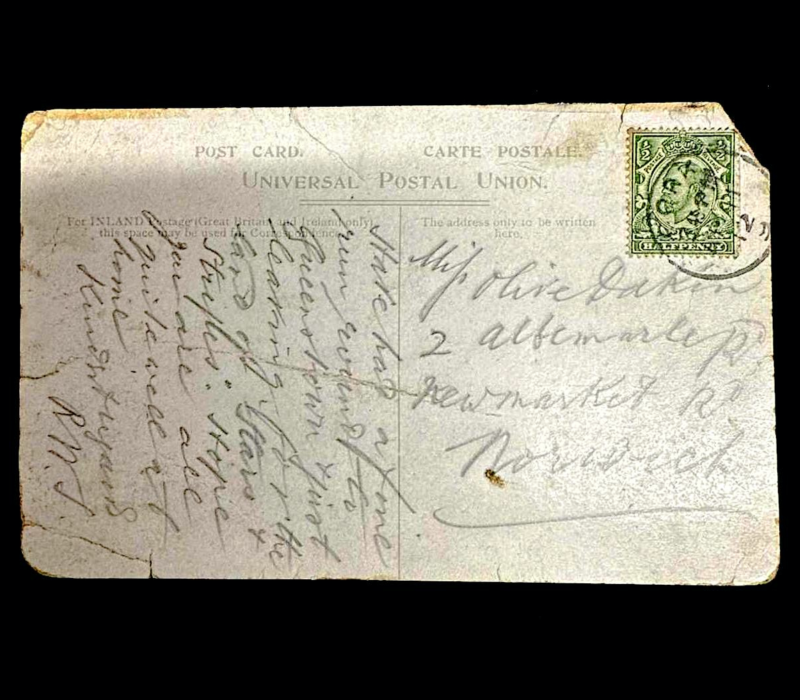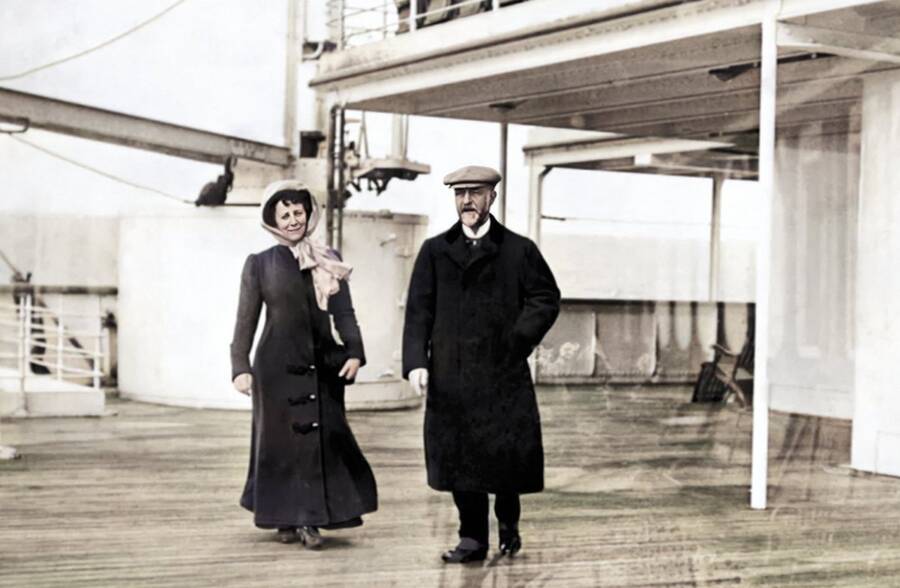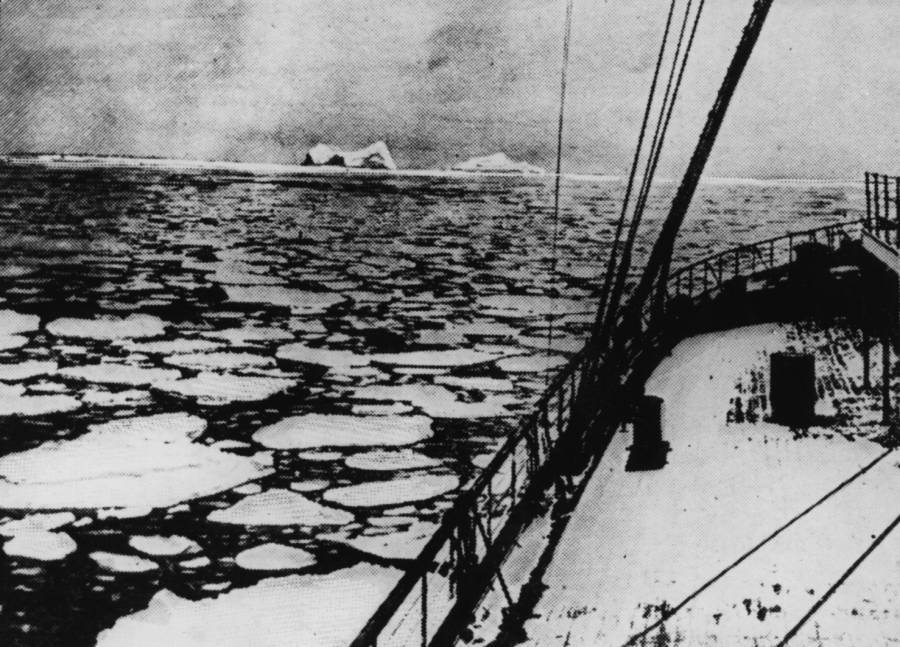The postcard, penned by first-class passenger Richard William Smith, was sent from Ireland during the ship's brief stop there on April 11, 1912 — just three days before it sank.

Henry Aldridge & SonSending this postcard was one of the last things that Richard William Smith did before perishing on the Titanic.
Roughly 80 hours before British businessman Richard William Smith perished in the sinking of the Titanic, he asked a friend to send a postcard for him. Smith’s postcard arrived at its destination, while Smith of course did not. On April 15, 1912, he perished alongside 1,500 others when the ship sank in the North Atlantic.
But though Smith died on that terrible, frigid night, his final postcard has survived all these years. This month, it sold for £20,000 ($25,300) at auction.
The Story Of Titanic Passenger Richard William Smith And His Final Postcard

Henry Aldridge & SonRichard William Smith’s final postcard struck a cheery note as he expressed excitement about the journey ahead.
According to Henry Aldridge & Son, the auction house that sold the postcard, Richard William Smith was a first-class Titanic passenger who boarded the doomed ship in Southampton, England on April 10, 1912. A tea merchant, Smith was traveling on the behalf of his employer, Reinach, Nephew & Co.
During the first two days of the journey, as the ship traveled from Southampton to Cherbourg, France, and then to Queenstown, Ireland, Smith was accompanied by a family friend named Emily Nicholls, a widow whose husband had also worked in the tea trade. It’s been speculated that Smith and Nicholls were photographed during these early days as they walked along the A-Deck Promenade, though this remains unconfirmed.

Public DomainThis image taken by photographer Francis Browne may be of Richard William Smith and Emily Nicholls. April 13, 1912.
When Nicholls disembarked the ship at Queenstown on April 11, she agreed to send a postcard for Smith. Addressed to a woman named Olive Dakin in Norwich, England, and written in pencil, Smith’s postcard read: “Have had a fine run around to Queenstown. Just leaving for the land of stars and stripes.”
Nicholls mailed the postcard, while Smith continued on his voyage to New York City. But late in the night on April 14, 1912, the RMS Titanic struck an iceberg in the North Atlantic — and the “unsinkable ship” sank.
“Among the first cabin passengers on the Titanic whose name has not been accounted for is Mr. R. W. Smith, who was connected with a large tea importing firm in London,” the Boston Globe reported a few days after the sinking on April 18, 1912. “Mr. Smith had made several trips to the United States and had many friends in the tea business in this country.”
Smith’s body was never recovered, but his final postcard survived.
The Sale Of Richard William Smith’s Final Postcard And Other Titanic Artifacts

Hulton Archive/Getty ImagesThe icy waters where the Titanic sank, as seen 10 days before the doomed ocean liner made its fatal crossing.
More than a century after it was delivered to Olive Dakin, Richard William Smith’s postcard made it into the collection of Henry Aldridge & Son, who put the Titanic artifact up for auction on November 16. Though the auction house expected the postcard to sell for between £6,000 and £10,000 (roughly $7,600 to $12,700), it ended up selling for £20,000 ($25,300).
Smith’s postcard was sold alongside several other artifacts from the RMS Titanic, which included photographs, a pocket watch, and a second watch that was gifted by Titanic survivors to Arthur Henry Rostron, the captain of the RMS Carpathia, which sailed to the rescue of the Titanic.
As remarkable as these other Titanic items are, Richard William Smith’s postcard stands out as a particularly haunting artifact from just before one of the tragic disasters in modern history.
After reading about the Titanic postcard sent by a doomed passenger days before the sinking, look through these striking colorized photos of the Titanic. Then, go inside some of the wildest conspiracy theories about the sinking of the Titanic.





